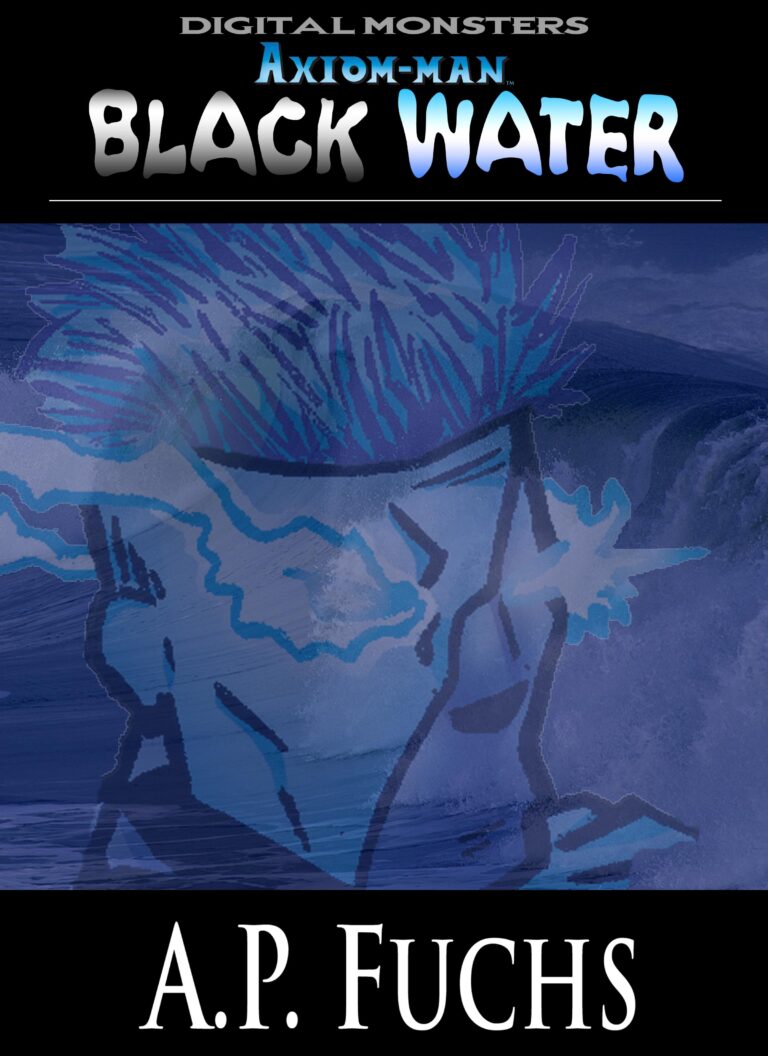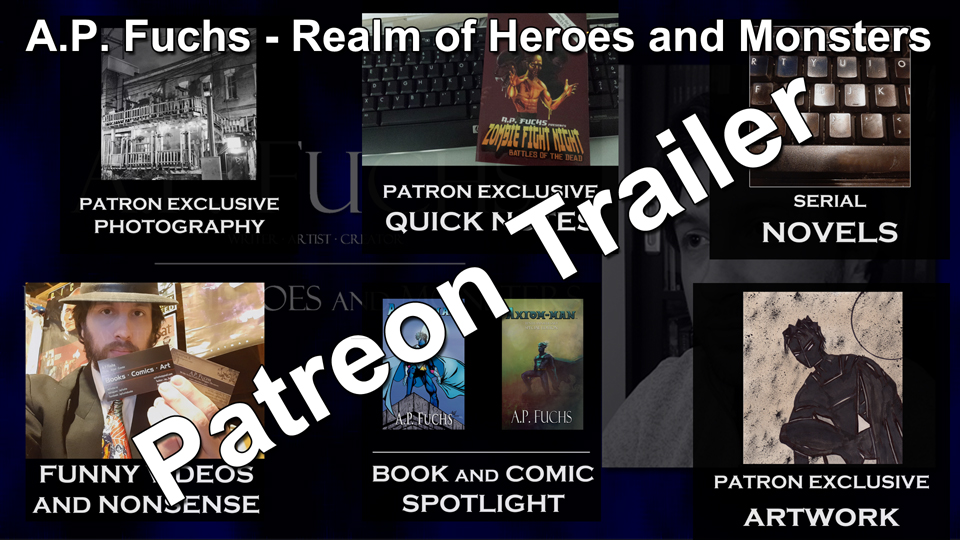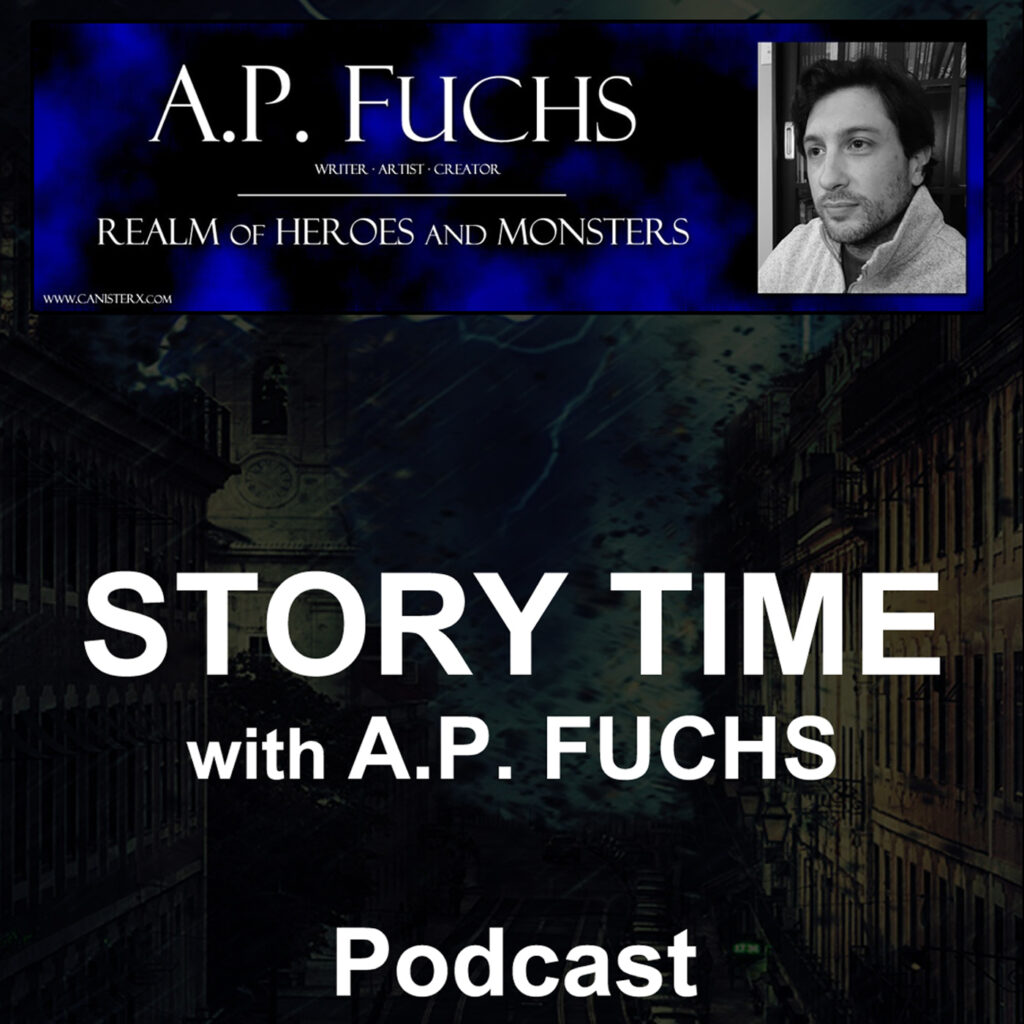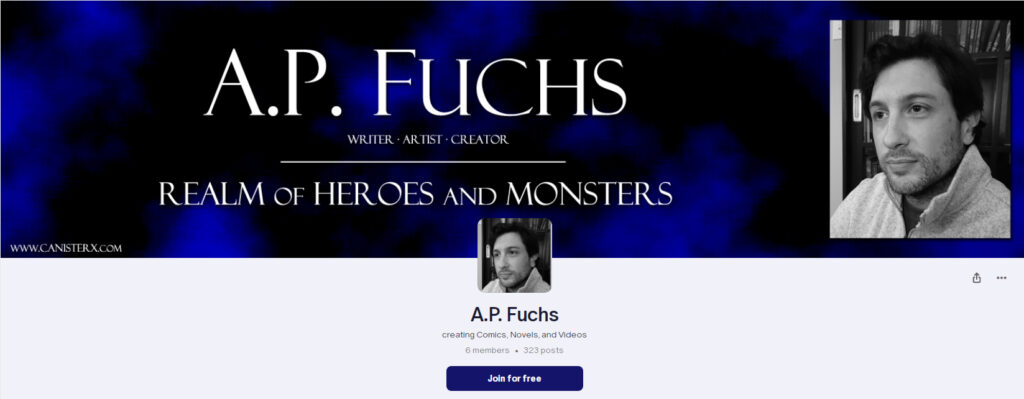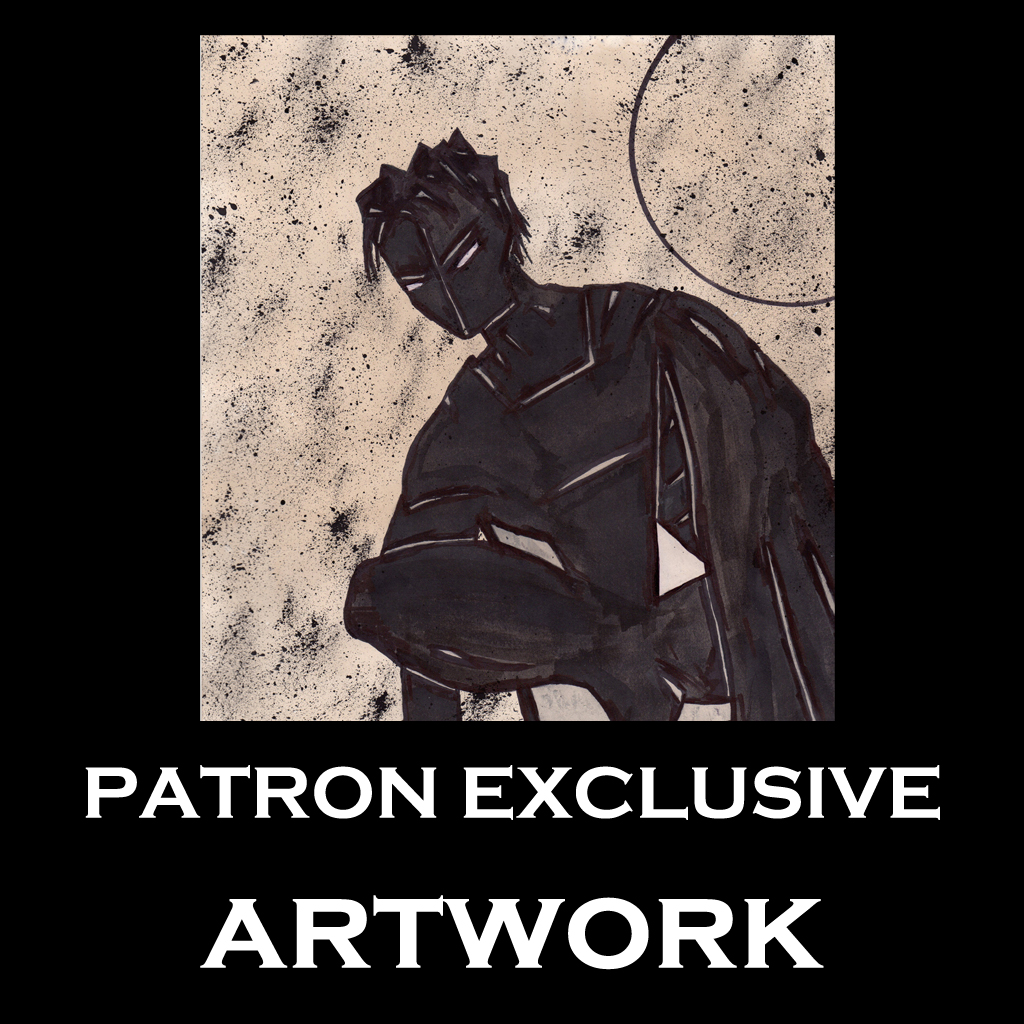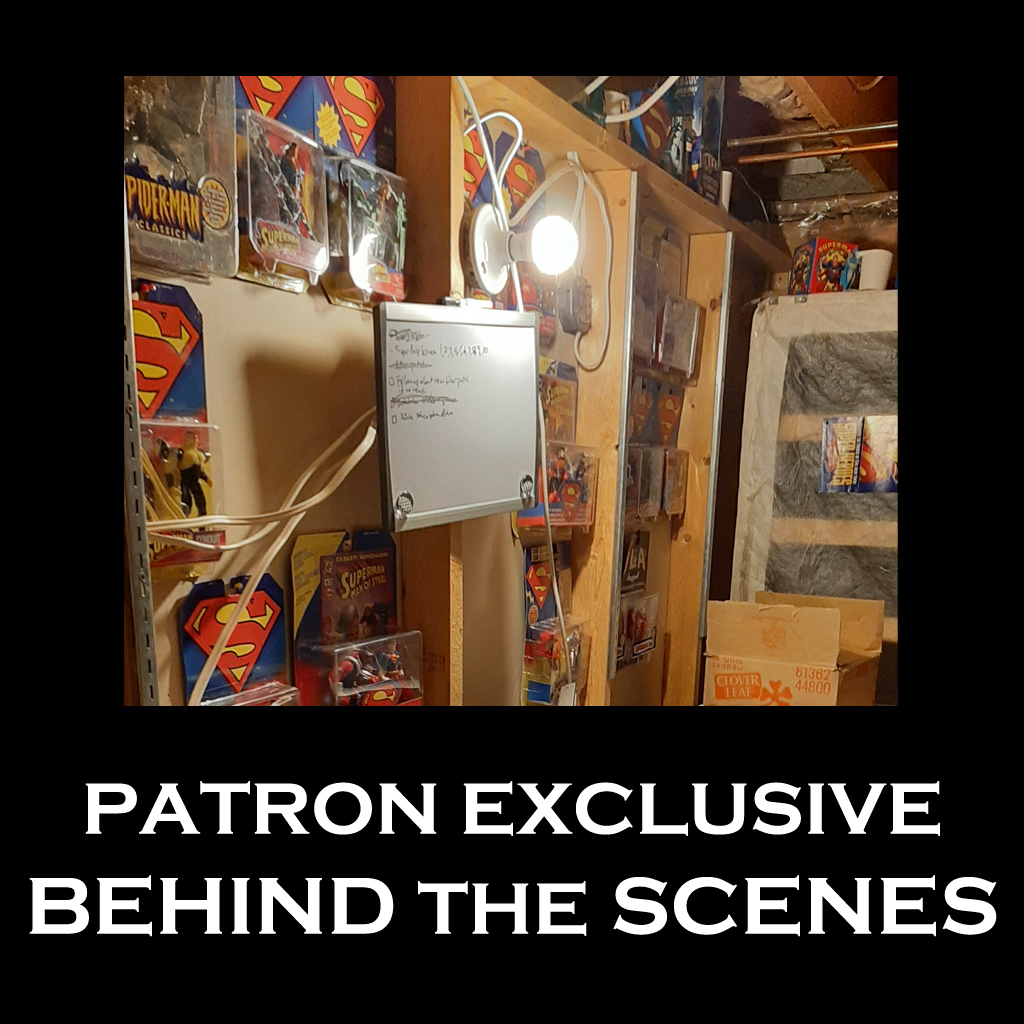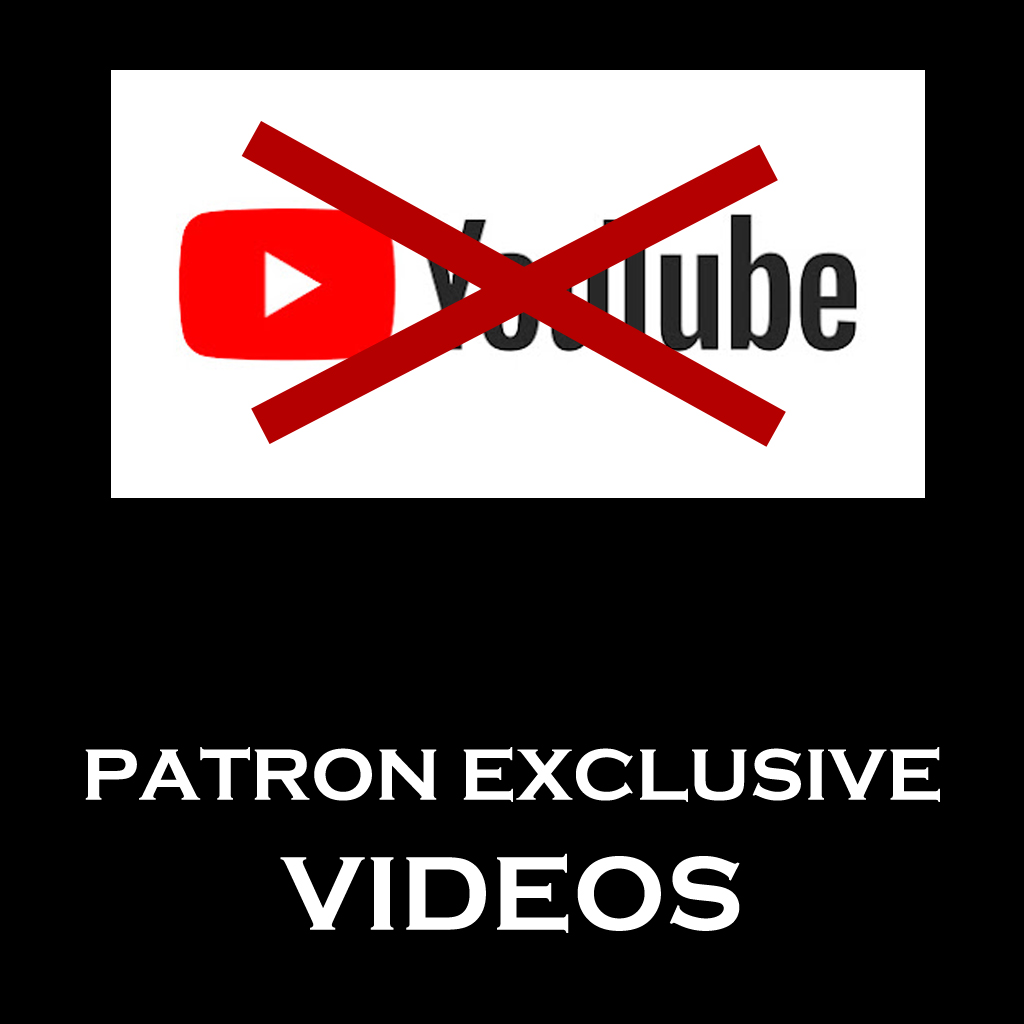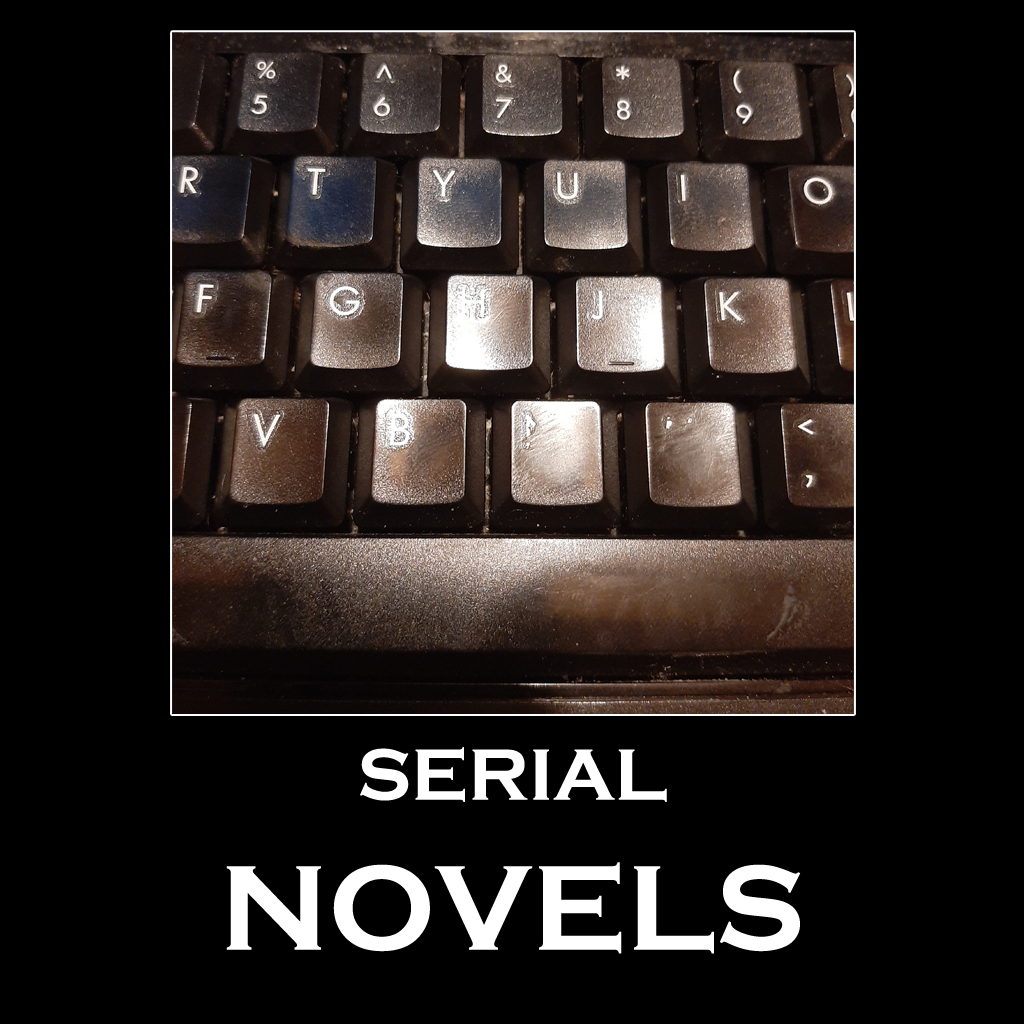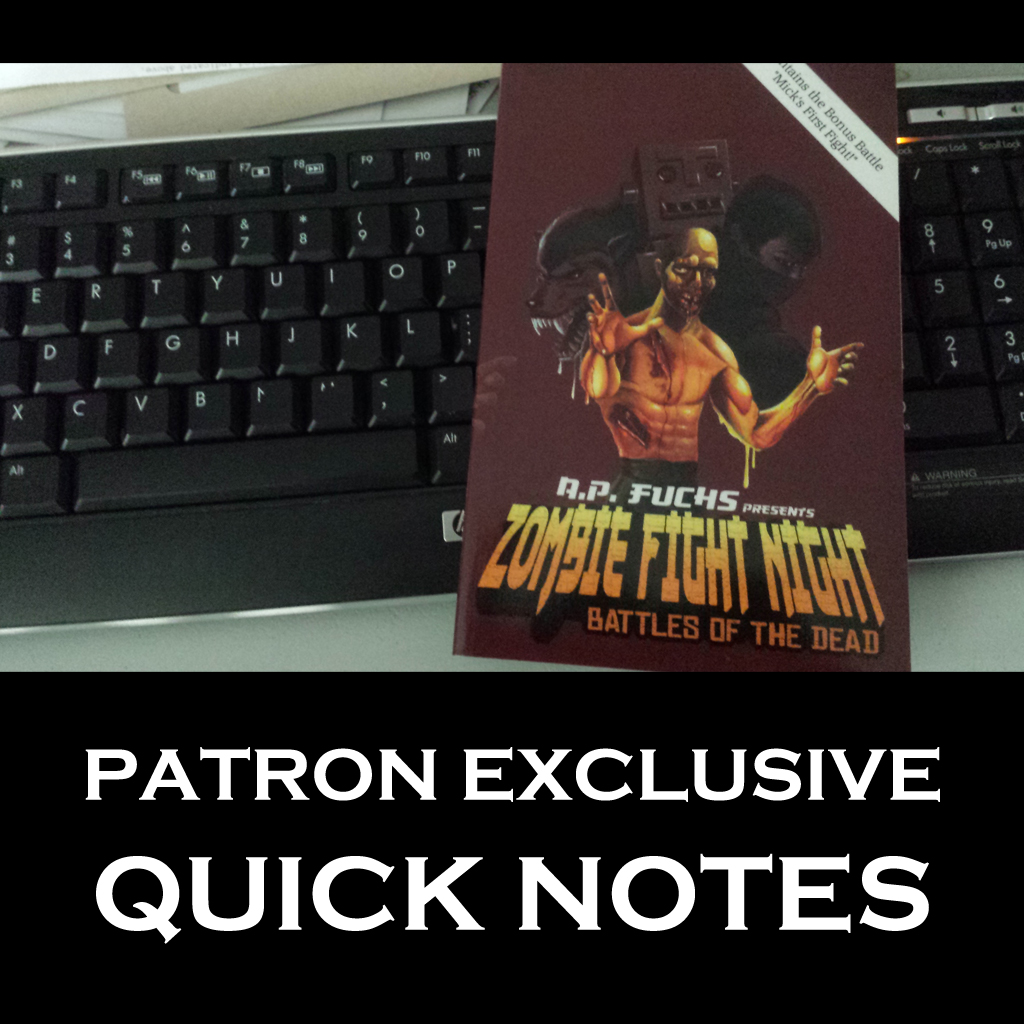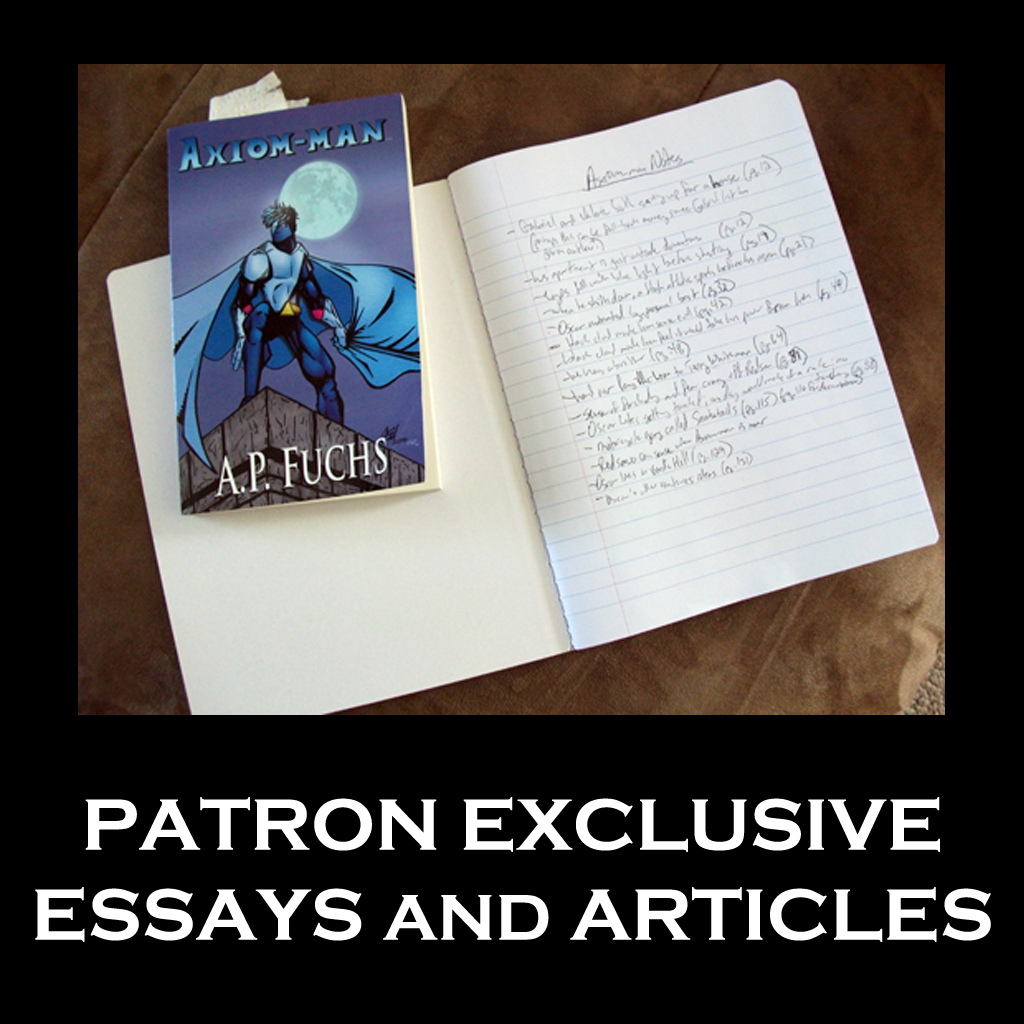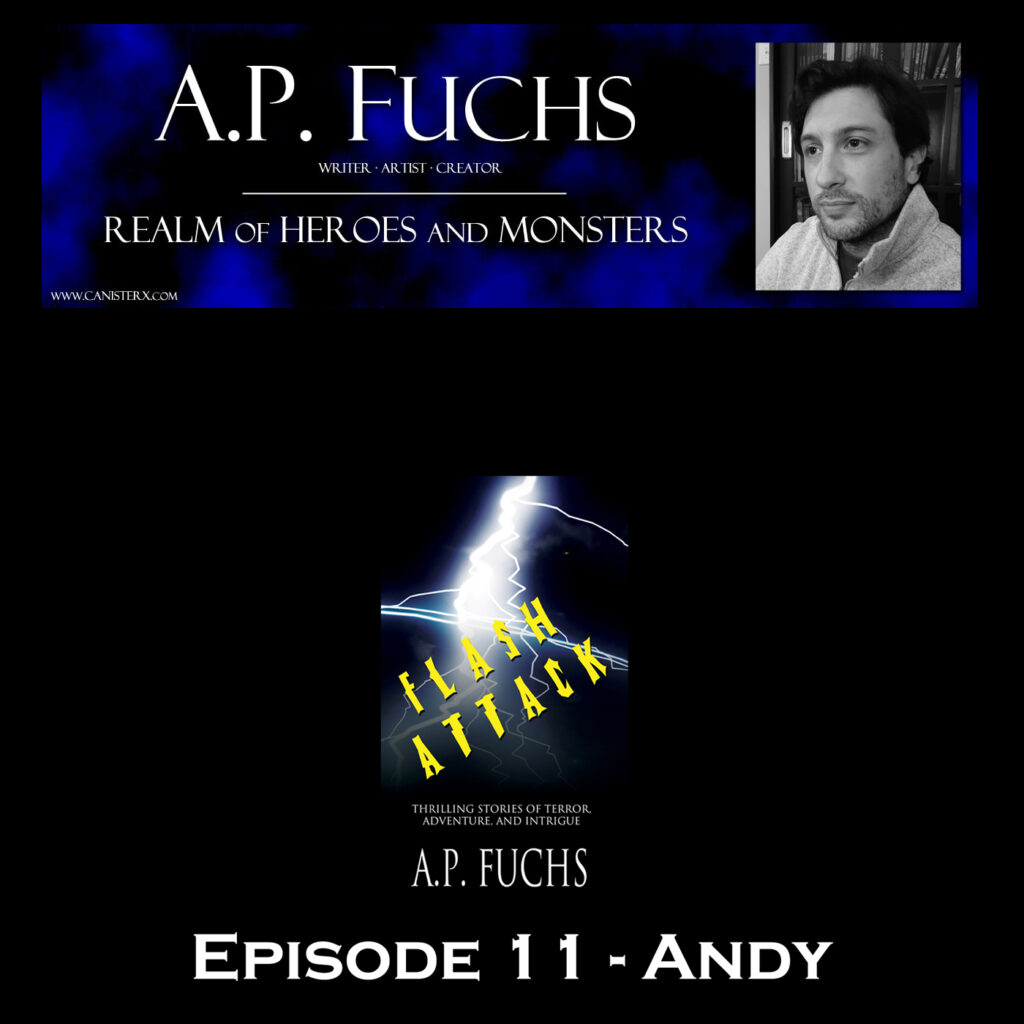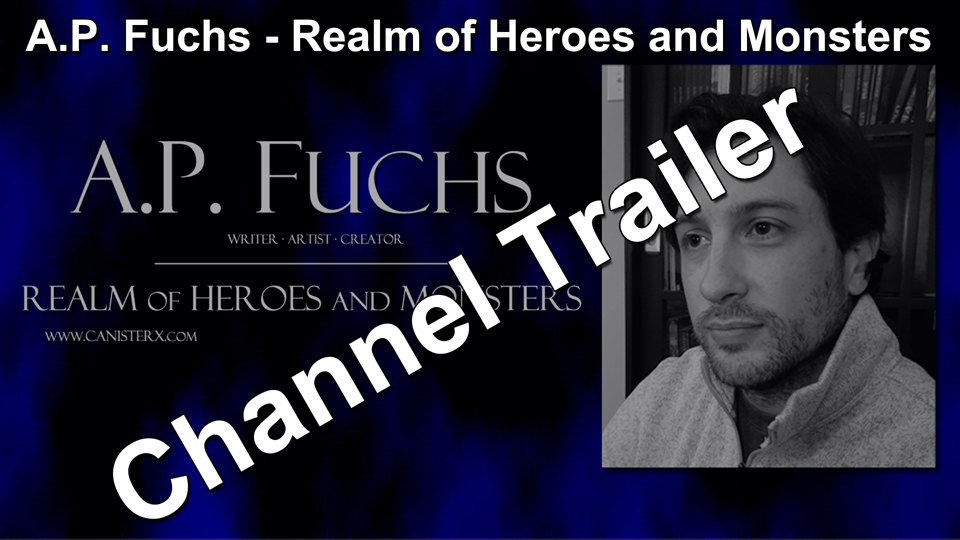Patreon 2.0 Hits November 13, 2023
It is true.
It is time.
Patreon 2.0 launches this November 13. I’m aiming to premiere the trailer Sunday evening then do a full-blast posting Monday to launch the page and invite one and all into the PATREON REALM OF HEROES AND MONSTERS.
There are two tiers and they’ll be displayed in full on launch day, but to sum them up, they are:
Tip Jar: $1. Just a general tip to help me along in the art world with my deepest thanks.
All-Access: $5. For just five bucks a month you get everything content that I put on the Web plus the following just for you:
Artwork only revealed here. Nowhere else. Public art is here.
Learn what goes on behind the scenes in bringing you books, comics, art, podcasts, videos, and more. (This is stuff I don’t talk about or show openly.)
Entertaining and/or informative videos made only for patrons.
It began with GIGANTI-GATOR DEATH MACHINE and continues with TWO other running serials.
Photos taken EXCLUSIVELY for this page. Sometimes I add my own sparkle, other times not, but they’re always interesting.
Quick little notes or did-you-knows just for you.
Usually bits of info that are hopefully insightful or useful.
For those interested in the craft of storytelling through various mediums, both the creative side and the business side.
Like the Quick Notes, these are intended to be helpful.
And there you have it. If you were a previous patron, you know I always deliver content on time without excuse. As well, if you were a part of Patreon 1.0, please get in touch.
